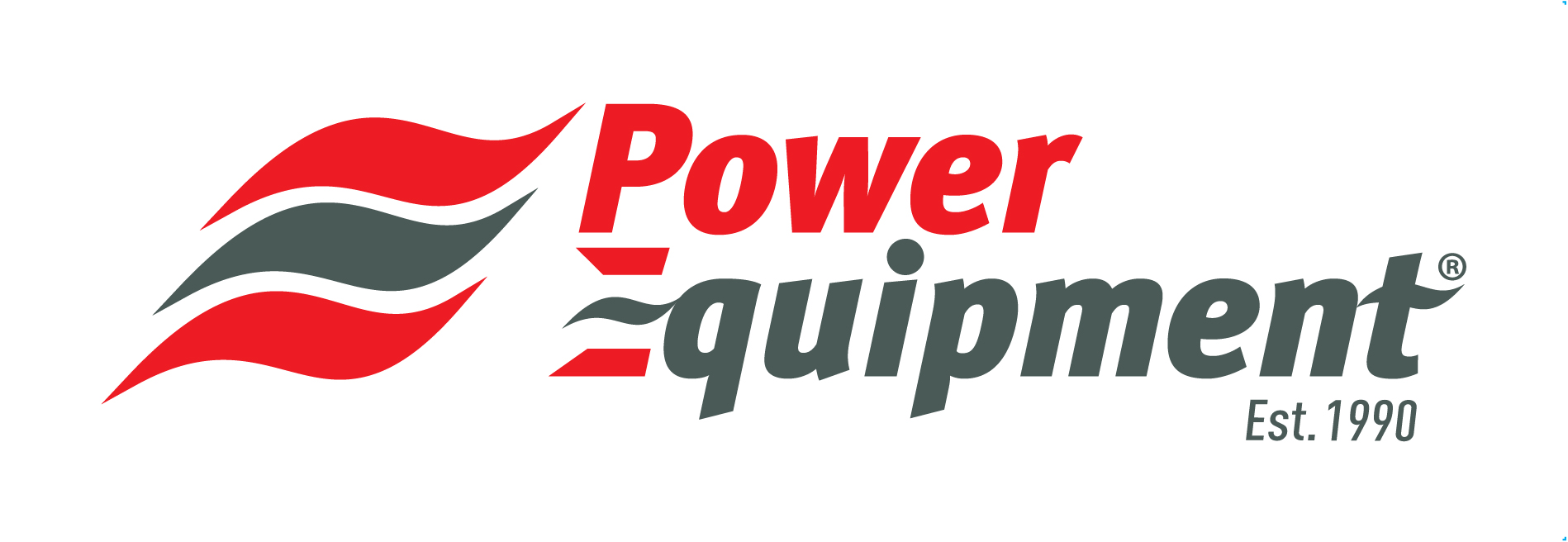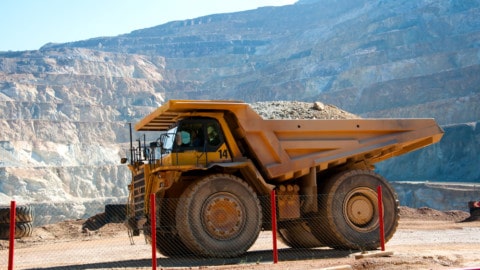by Chad Wunderlich, Engineering Manager – Technical Customer Service, Viking Pump
Though the handling of fuel oils is not necessarily challenging, the reliable handling of fuel oils is a complex matter, critical for heating and transportation systems. A contributing factor to the complexity of handling fuel oils is the wide range of application details for the various fuel oils:
| Capacities | 0.1GPM (0.02m3/hr) to 1,000+GPM (230+m3/hr) |
| Pressures | 25PSI (1.75BAR) to 250PSI (17.5BAR) |
| Viscosities | 30SSU (1cSt) to 7,500SSU (1,650cSt) |
| Temperatures | Ambient outdoor to 250°F (120°C) |
Pumping at slower speeds and lower pressures; and using materials designed for the anticipated temperature, will pay off in longer, trouble-free service, even if oil properties vary from those originally anticipated.
Dos and don’ts
Rotary pumps are an excellent means of loading and unloading, transferring, and circulating fuels. These pumps can be used with fuel oils including diesel fuel, heavy oils, crude oil, gasoline, kerosene, jet fuel and LP Gas.These variances from application to application result in a wide range of pump constructions and drives. Despite these variances, there are some common guidelines to follow to ensure smooth operation and long pump life.
The key things to do when pumping fuel oils include:
- Install the pump as close as possible to the supply tank
- Leave working space around the pumping unit
- Use large, short, and straight suction piping; ‘short and fat’ pipes are excellent
- Install a strainer in the suction line
- Double-check alignment after the unit is mounted and the piping is hooked up
- Provide overpressure protection for the discharge side of the pump, either in-line or on the pump
- Extend service life with preventive maintenance procedures such as periodic lubrication, adjustment of end clearance, and examination of internal parts
- Obtain, read, and keep the maintenance instructions furnished with your pump, drive, and other system equipment.
Conversely, when pumping fuel oils, do not:
- Run a pump at faster than approved speeds
- Run a pump at higher than approved pressures
- Run a pump at higher than approved temperatures
- Use extra large, extra long suction line with a suction lift.
Installing a vacuum gauge and a pressure gauge on or near the pump will also help lengthen service life. Gauges provide a window into what is happening inside the pumping system. Properly interpreted readings can give clues to the nature of many problems. Long-term readings will show gradual changes taking place within the system.
Given the availability of certain fuels at any particular time, many fuel oil systems now accommodate various fuels (No 2 through to No 6 fuel oil, for example). Each fuel oil differs slightly in properties and these differences place unique demands on the system. Be sure to discuss these differences with your pump/system supplier.
Handling crude oil
Crude oil is a naturally occurring liquid found in formations of the earth. It is typically extracted by large reciprocating pumps called pump jacks. Crude oil is then refined into fuels such as gasoline, diesel, kerosene, and other fuel oils. Characteristics such as color and viscosity vary from site to site, but typically fall into the following ranges:
| Location | Viscosity |
| Texas, Oklahoma | 40-780 SSU (4-170 cSt) at 60°F (15°C)34-210 SSU (2.5-45 cSt) at 100°F (38°C) |
| Wyoming, Montana | 75-1,200 SSU (15-250 cSt) at 60°F (15°C)45-300 SSU (5.5-65 cSt) at 100°F (38°C) |
| California | 40-4,800 SSU (4-1,050 cSt) at 60°F (15°C)34-700 SSU (2.5-150 cSt) at 100°F (38°C) |
| Pennsylvania | 45-200 SSU (5.5-40 cSt) at 60°F (15°C)38-90 SSU (3.5-18 cSt) at 100°F (38°C) |
Many crude oils contain dirt, sand, and other particulate prior to refining. Often pumps for dirty crude oil are supplied with hardened parts to prevent the particulate from damaging the pump.Due to crude oil’s high viscosity and wide range of application conditions, rotary pumps are well suited to handling crude oil. Rotary pumps are used for transport, refining, pipeline injection, and for high working pressure pipeline sampling applications. While compatible with cast iron, pumps for refinery and pipeline sampling applications are typically steel. Pump construction will depend on the particular oil and application.
Handling gasoline and light fuel oils
Light oils such as gasoline, kerosene, and jet fuels have low boiling points and as such, are the first to be distilled off from crude oil. They are used primarily as fuels. All are fairly easy to handle, but are thin (29-35SSU/0.9-2.5cSt), non-lubricating, and have high vapor pressures. Lifts (when the pump port is above the liquid level in the supply tank) should be kept to six feet or less to prevent vapourising the liquid at the pump inlet. Be sure to check the system net positive suction head (NPSH) to make sure it’s adequate.
Handling No 2 and 6 fuel oils
Fuel oils in the United States have six classifications based on their boiling points, composition, and purpose. Fuel oils No 2 and 6 are most commonly used. No 2 fuel oil is used for truck fuel, heating, and power generation. No 6 fuel oil is used for ship fuel (commonly referred to as Bunker C oil), heating (though usually reserved for larger buildings), and power generation. Typical application conditions for handling fuel oils are as follows:
Viscosity
No 2 fuel oil ranges from 2.5 to 7cSt (35 to 50SSU), but may get even thicker at temperatures below freezing because of congealing wax. No 6 fuel oil ranges from 20 to 1,650cSt (100 to 7,500SSU) in the normal handling temperature range, but may vary widely depending on the source of the oil, sulfur content, and blend.
Normal handling temperatures
No 2 fuel oil is typically handled in the range of -20° to 100°F (-30° to 38°C). No 6 fuel oil is typically handled above 100°F (38°C) to reduce the viscosity for ease of handling.
Unheated, buried tanks with two or more feet of ground cover will normally stay within a range of 40° to 70°F (4.5° to 21°C), depending on locale and time of year.
Lift should be kept to a minimum. For No 2 fuel oil, the vacuum reading at the pump should not exceed 15”Hg under the worst conditions. Lifts should be kept to under ten feet and may be even less depending on suction piping length, fittings, and priming conditions. The vapor pressure of No 2 fuel oil is less than 0.1PSI (0.0069BAR) at ambient temperatures. If the vacuum at the pump exceeds 15”Hg, entrained air in the oil may cause capacity and noise problems. Under vacuum conditions the air will expand and the pump will not deliver its full capacity of oil. While the rotary pumps are self priming, a foot valve is typically recommended to minimize the chance for losing suction.
For No 6 fuel oil under the worst conditions (i.e. highest viscosity and lowest liquid level), position the pump and select pipe and fitting size to give vacuum readings of 15”Hg or less. The viscosity of No 6 Fuel Oil varies from one tank car load to the next. Some tank cars contain ‘light ends’ which affect viscosity and may cause lift problems.
For systems to handle No 2 or No 6 fuel oil, designing a system to handle either liquid presents problems in sizing the suction lift, fittings, and strainer.

Figure 1. Duplex fuel oil skid for delivering No 2 fuel oil built by Viking Pump.
Large rotary pumps are often used in the refining process of fuel oil as well as for transport and delivery. Upon delivery, smaller rotary pumps takeover (usually 30 GPM and smaller), often assembled as a duplex pump system complete with drive equipment, strainers, valves, and controls (see Figure 1). These duplex systems insure continuous oil delivery to critical applications such as:
- Fuel supply to diesel generators used for backup power
- Transferring fuel from storage tanks to smaller day tanks
- Boosting low pressure fuel oil to burner pressure on oil-fired furnaces
- Recirculation oil filtration system to ensure clean and/or water-free oil.
Depending on the service and system location, these pumps may require special construction and testing (i.e. pumps which are UL-343 listed for fuel oil service).
Handling LP gas
Propane is normally a gas, but is compressible to keep in its liquid state for storage and transport. LP gas is used for heating, as a cooking fuel for barbeques and portable stoves, and as fuel in some vehicles such as buses, locomotives, and fork lifts.

Figure 2. Image of a UL-51 listed Rotary Internal Gear Pump for handling LP gas.
Rotary pumps are used for bulk plant transfer service, truck unloading, and bottle filling. Due to the high working pressure, high vapor pressure, and extremely low viscosity, LP gas pumps require special construction (Figure 2).
Due to the high vapour pressure, NPSH must not be overlooked. Placing the pump too far from the supply tank, allowing the LP gas to get too hot, or running the pump too fast may lead to cavitation, which in turn will lead to noise, reduced capacity, and reduced pump life. The LP gas pump in Figure 1 features a return-to-tank pressure relief valve. This valve allows the LP gas to flow back to the supply tank when the discharge valve is closed, rather than cycling the gas through the pump. By doing so, less heat is imparted to the LP gas and the gas is not allowed to boil in the pump.
Before selecting a pump for fuel it’s important to speak with the pump/system representatives to address all aspects of the application. Seal selection, drive sizing, and NPSH must all be addressed to insure years of reliable fuel handling.


















